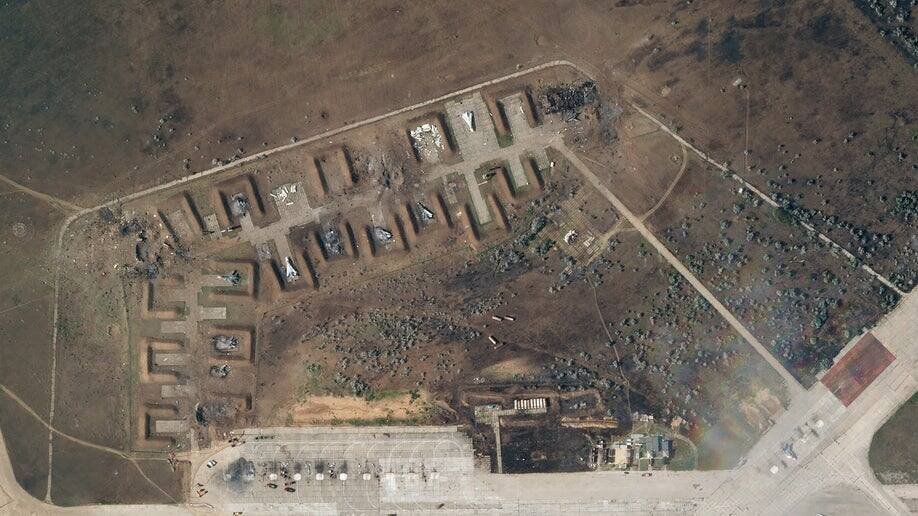
Good thread by Tom. I'm not sure how the 3rd Army Corps will be employed, but it is interesting for a few reasons. The big question is what comes after it deploys? This has been a Ru MoD focus for generating new forces. Will they try to replicate this? Can they replicate it?
https://twitter.com/tom_bullock_/status/1563469549852172288
It appears 3rd Army Corps failed to meet its manpower targets. As opposed to earlier in the war, the Russian MoD decided to actually give these volunteer units training and good equipment, but one month isn't sufficient and these units don't have well-trained officers and NCOs.2/
So they'll struggle to conduct combined-arms offensive operations well, though they may be used in this role, but they can help take some of the burden of defending Russian lines, which is increasingly important given the likelihood of a Ukrainian offensive. 3/
It is interesting that Russia established a Corps for these volunteer battalions, which indicates it wants to employ them together as part of an organic unit. This is in contrast to the Tigr battalion, which is subordinate to the 155th Naval Infantry Brigade. 4/
You would think it would make more sense to send these volunteer battalions to serve under the structure of existing regiments or brigades, instead of creating a new corps with its own leaders. It is interesting that Russia decided to do this. 5/
Russia offered pretty good financial benefits for volunteers for these units compared to average salaries. They have likely recruited those that need the money the most or are most supportive of the war, but will they be able to keep finding volunteers after this? 6/
Because Russia committed 80%+ of its ground forces at the beginning of the war, there wasn't a good Plan B if they ran into trouble. Most of the volunteers signed 3-6 month contracts, which will end soon. Manpower issues will get worse for Russia by the winter. 7/
Possibly, but the Soviet Army had a lot of officers waiting to lead units with mobilized reservists. The Russian Ground Forces deployed almost all of its officers to make up for personnel shortfalls in Feb-March. There aren't trained officers available. 8/
https://twitter.com/nikola_mikovic/status/1563627297802166275
• • •
Missing some Tweet in this thread? You can try to
force a refresh








